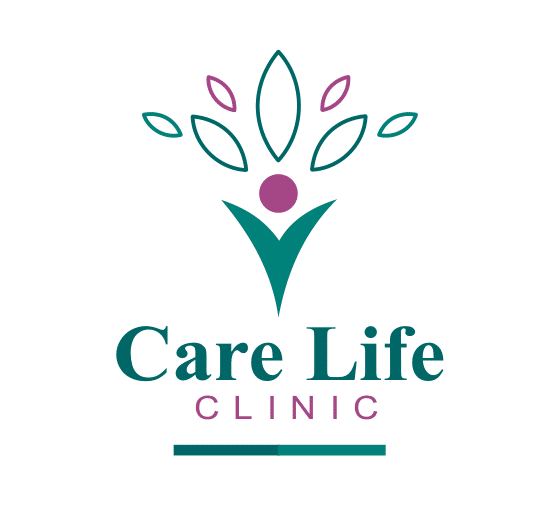Poor Circulation Symptoms
Vein Disease Often Leads to Poor Circulation Symptoms
Do your legs or feet keep falling asleep? Do they often feel restless, tingly, swollen, or heavy? Millions of people report poor circulation symptoms; however, most don’t realize that vein disease might be the culprit.
Poor circulation is when your extremities, such as your legs, do not receive the proper amount of blood and oxygen it needs to be healthy. One of the main causes of poor circulation is venous insufficiency. If your legs are not successfully circulating blood throughout your lower extremities, this can cause symptoms such as:
Poor Circulation Symptoms:
- Cold feet or legs: Reduced blood flow in your feet causes them to feel colder than other parts of your body.
- Swollen legs, ankles, or feet: When your veins can’t push blood upward, it can collect in your legs. This blood pooling puts extra pressure on the area, causing fluid buildup and swelling.
- Muscle cramping: Inconsistent blood flow may create muscle aches and pains.
- Numbness: Poor circulation may cause you to experience a tingling or numbing sensation in your thighs, calves, or feet.
- Changes in skin color: A lack of blood flow can change the color of the skin on your feet and legs.
- Leg ulcers: A break in the skin on your leg can become larger from increased blood pressure and take a long time to heal or may not heal at all.
- Varicose veins: When blood pools in your veins due to poor circulation, it puts pressure on the veins and causes them to bulge.
What causes poor blood flow?
- Vein Disease: Vein disease affects over 30 percent of the population. It occurs when the valves or walls in your leg veins malfunction.Vein disease is usually associated with physical signs such as varicose veins and spider veins.
- Blood Clots – Blood clots are often very dangerous because they can completely block blood flow. They can also start in one area such as the leg, then move on to more critical organs such as the lungs.
- May-Thurner Syndrome – May-Thurner Syndrome is caused when the right iliac artery compresses the left iliac vein. This restricts the blood flow out of the left leg and leads to swelling.If you are living with the symptoms of poor circulation, it’s best to talk to your doctor. Some untreated conditions can lead to severe complications. The best option is early detection and treatment of the underlying issue to prevent symptoms of poor blood circulation.
How Do We Treat Poor Blood Circulation?
Vein treatment improves circulation by closing malfunctioning veins and rerouting blood flow to healthy veins. This allows blood to successfully travel back and forth to the heart.
Treating underlying venous insufficiency is important in order to prevent serious conditions like deep vein thrombosis (DVT) and venous ulcers.
At your consultation, your doctor will provide you with a proper diagnosis and discuss which treatment option will work best for you.
